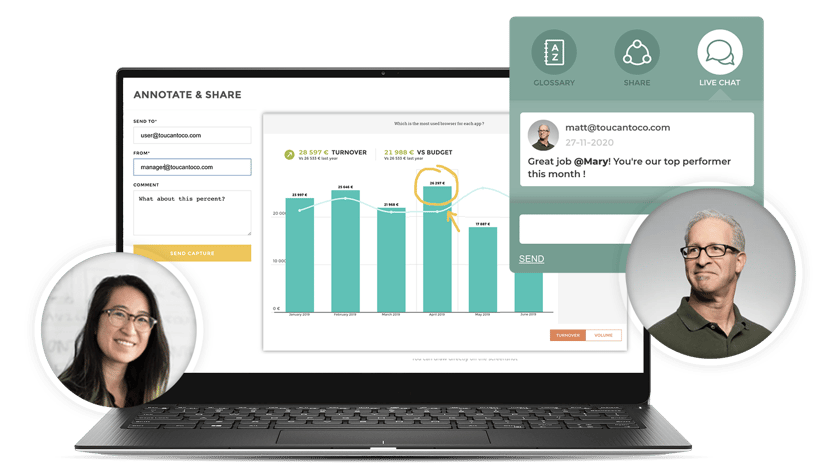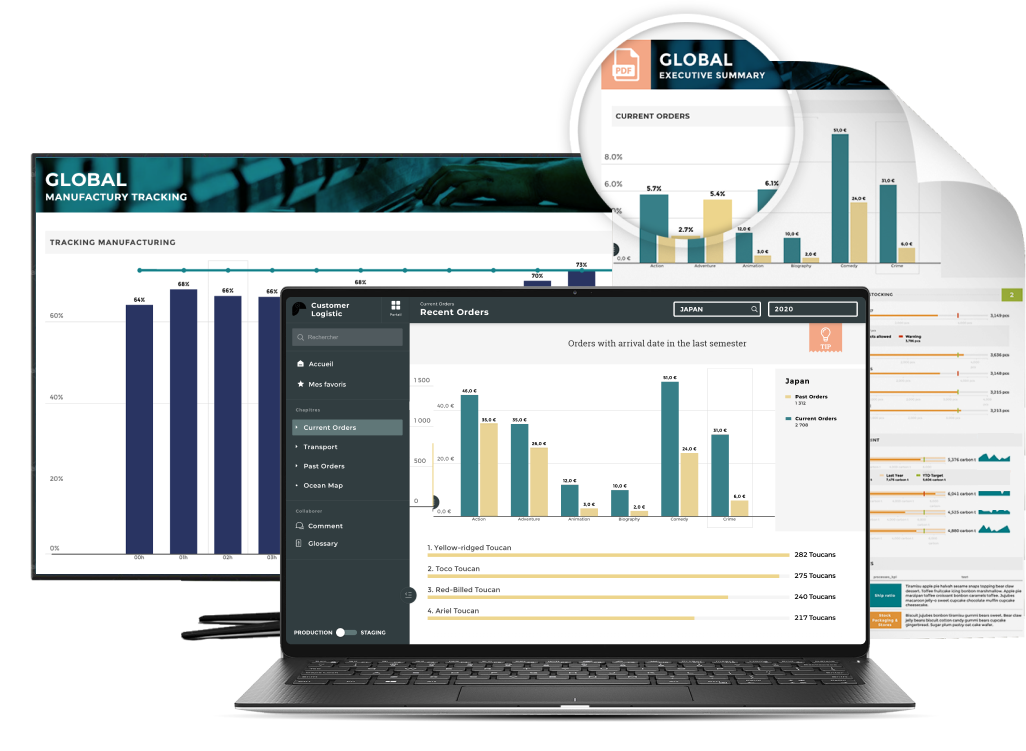Leverage the power of data to find new revenue streams from your analytics.
The data that you collect is the lifeblood of your business. Without it, you are not only unable to create financial reports to analyze revenue, but also unable to identify additional channels of cash flow generation.
The lack of comprehensive or accurate data is the same as having no information to draw analytical data from, and is just as detrimental to revenue streams. Analytical results can't be accurate if your data is inaccurate.

Analytical data must be improved in order to address this issue. Using the insights you glean from more effective data, let's discuss how you can fully automate your analytics processes to generate new revenue streams.
5 Ways To Find New Revenue Streams
Many organizations have rewritten portions of their "playbooks" in response to market changes, and this isn't necessarily a negative development. The time has come for you to reevaluate your current systems and see if it is necessary to update your processes, equipment, and systems.
It will help you determine which revenue streams are fruitful and which aren’t. It can also be used to look for resources in your data or to identify if a new revenue opportunity arises if you change the products and services you offer.
Using data to generate new revenue streams is as simple as following these steps:
1. Increase revenue by monetizing data
Embedded analytics can be monetized in a number of ways. Since embedded analytics can be added to your existing product, you can implement this strategy quickly and effectively. The easiest method is to create a tiered plan for your product users:
- Basic Tier
- Preset reports are available based on only a limited dataset range (for example, the last 8 months).
- Advanced Tier
- Preset reports are available based on only a limited dataset range
- the ability to drill down, download, and schedule reports and see 12 months of data
- Premium Tier
- Preset reports are available based on only a limited dataset range
- the ability to drill down, download, and schedule reports and see 12 months of data
- Ability to explore, save, and share content with other team members and see data for all time ranges
- Access to support team, custom report building
It's crucial to understand which features and datasets truly provide value to the end user, and then price accordingly.
2. Empower Employees to Access Data
Globally, more than one-third (34%) of companies have experienced an insider threat involving a data breach. Data access by employees can pose a security risk, even if they do not intend to do so maliciously.
In spite of this, a good embedded analytics software solution provides, like Toucan, you with a central database of information and the ability to decide who may access what information by granting permissions. In the event that your marketing leaders require information about the marketing budget, they will only see this information.

When marketing teams are able to identify campaigns that were more profitable, they will be able to generate new revenue streams. In this way, they are able to follow trends and allocate budgets accordingly.
3. Get the Maximum Benefit of Omnichannel Flexibility
Utilizing insights from previous marketing campaigns is one way to generate new revenue streams. Consider analyzing the data from the various channels you use to reach your audience.
Are social media posts effective at converting leads? What was the most successful campaign?
You will be able to make better decisions about moving forward with new campaigns if you are able to see the numbers in front of you. As a result, every dollar of your organization's marketing budget will be utilized to maximize revenue generation.
With data-driven decision-making, teams will be able to identify opportunities in an analytical method that takes away the guessing game. This will actively help increase the ROI of all the teams in the organization.
4. Solve Specific Pain Points With Customer Segmentation
There is one way to generate new revenue streams and that is to follow the buying trends that are centered around solving specific pain points. You should be able to segment customer data in your CRM in order to glean insights into how to create campaigns to address the pain points of your customers.

As an example, we found that 84% of the customers with an analytics solution still used their Excel spreadsheets and not the integrated software in order to perform their accounting functions. Thus, we developed our software for the Excel natives who are in charge of accounting departments in the company.
5. Follow the Money
You do not have to focus solely on the pain points that consumers experience. Regardless of what happens, certain sectors of the economy are growing and even booming. You will be able to determine who is purchasing what based on your analytics.
Analyze where people spend their money and determine the most effective way to reach them. It may be necessary products or services, or it may be an affordable indulgence.
Uber expanded its operations from ride-sharing to food delivery as a result of the rise of companies such as DoorDash and PostMates. By following the money, Uber was able to gain insights from competitor financial data and develop a new revenue source.
How to implement this
This methodology is based on a simple principle. To boost operational efficiency and maximize revenue generation, it's all about optimizing your existing assets. The clever part is figuring out how to do it. It involves providing customer-facing analytics and developing actionable analytic applications based on your data, connecting all sources of data, and simplifying analysis to make it as easy as possible to explore and collaborate.
The implementation of this technology enables embedded analytics and BI teams to build data-driven solutions and analytic apps that are accessible to all departments within an organization. An easy way to do this is by partnering with Toucan. The adoption of this technology results in a data-driven culture that delivers insights for all and maximizes opportunities to create value for you, your partners, and your customers, while gaining an edge over your competitors. A return on investment of that magnitude cannot be ignored.



